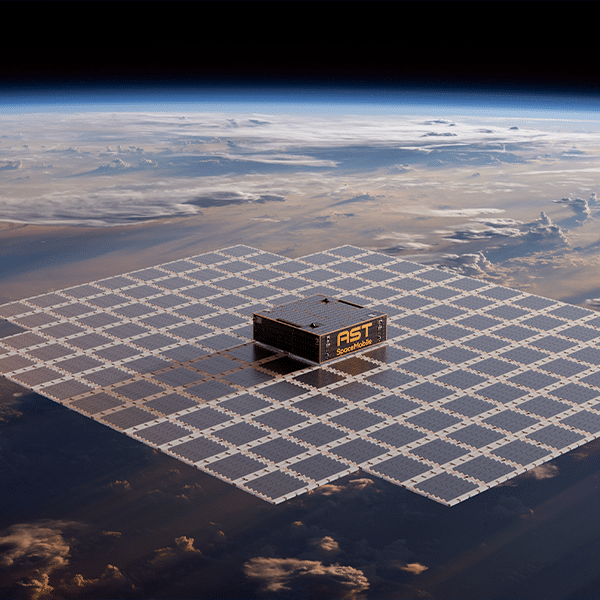WildBlue, the Colorado based satellite broadband provider, is scheduled to demo an 18 Mbps satellite broadband service on April 29th in Colorado. If the demo translates to an actual product offering, it would be about twelve times the speed of their current offering. But with better performance will come hefty cost increases, which highlights the Achilles heel of satellite broadband – higher cost. That being said, satellite broadband certainly fulfills a necessary niche. WildBlue claims 400k subscribers and their chief competitor HughesNet had 433K residential satellite broadband subscribers as of December 31, 2008.
Both companies are looking to improve their product portfolio with special emphasis on increasing bandwidth speeds to at least look respectable against improving average wireline and wireless broadband speeds. Both companies also see the broadband stimulus program as a potential boon for satellite broadband in the U.S. since their niche focus is rural markets not reached by wireline broadband.


